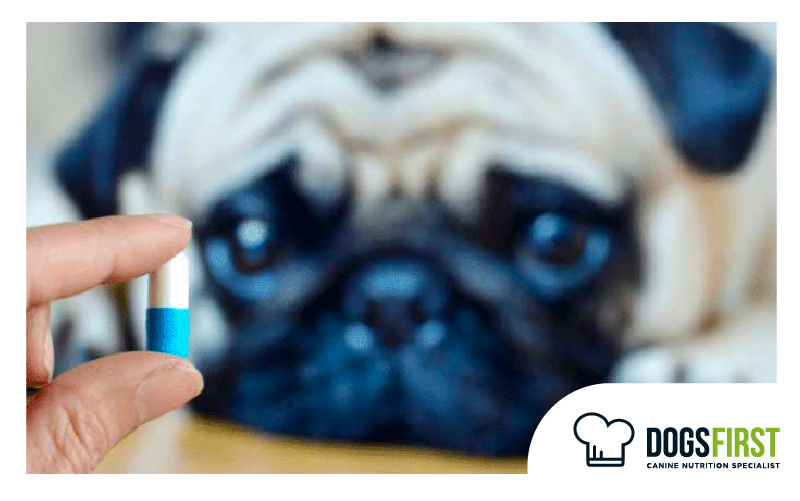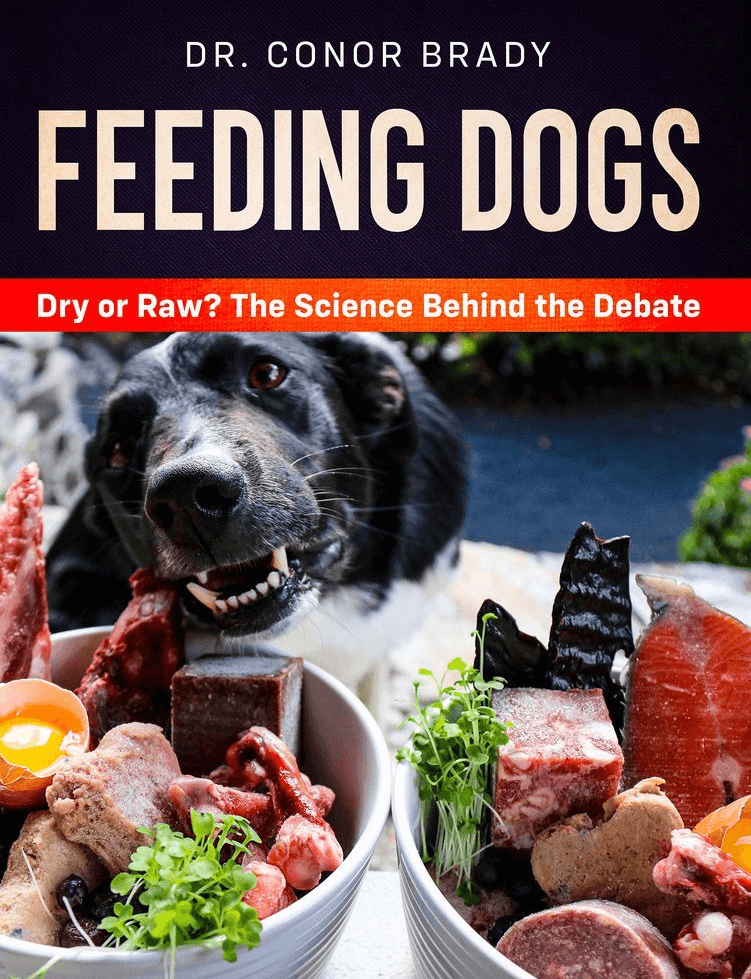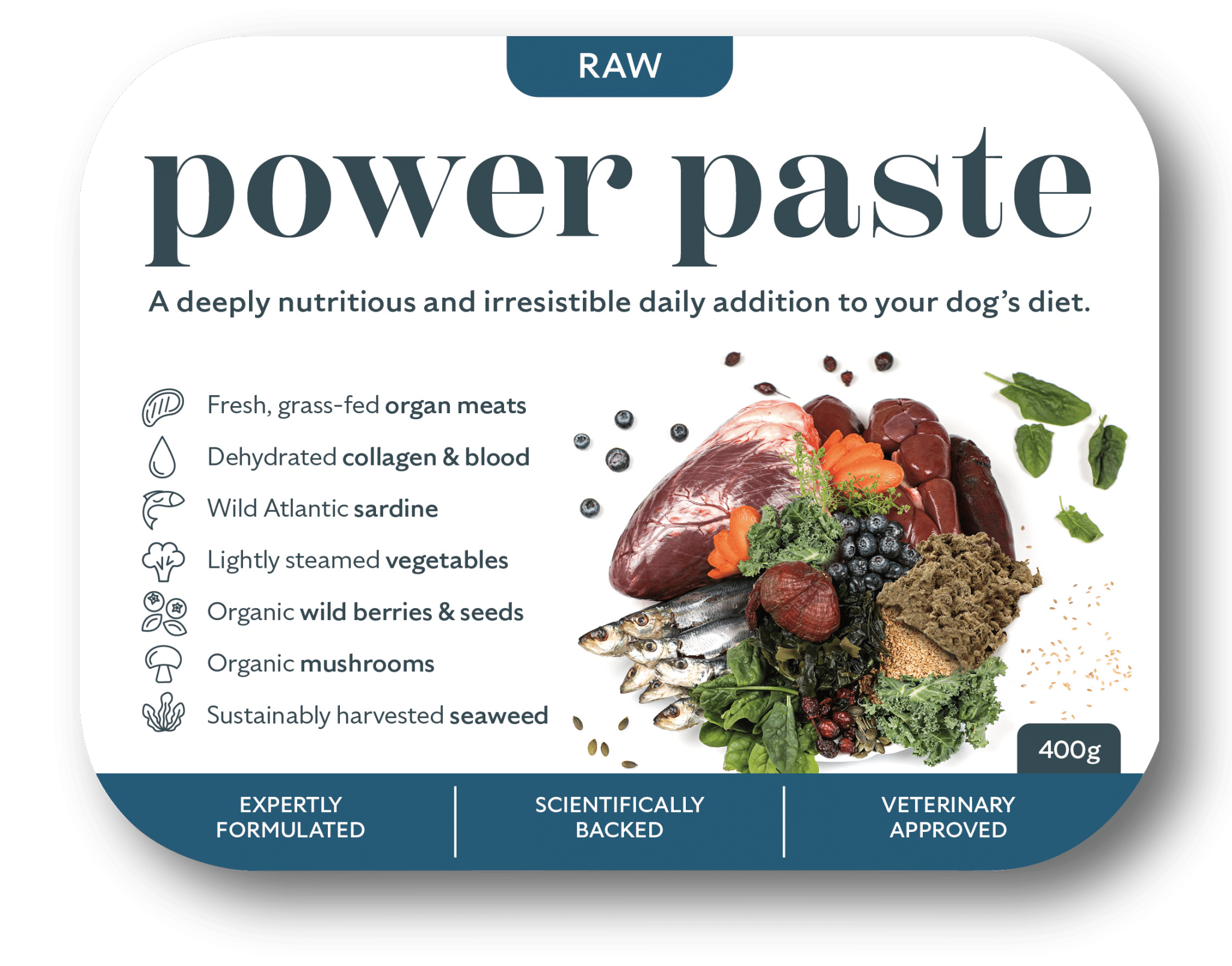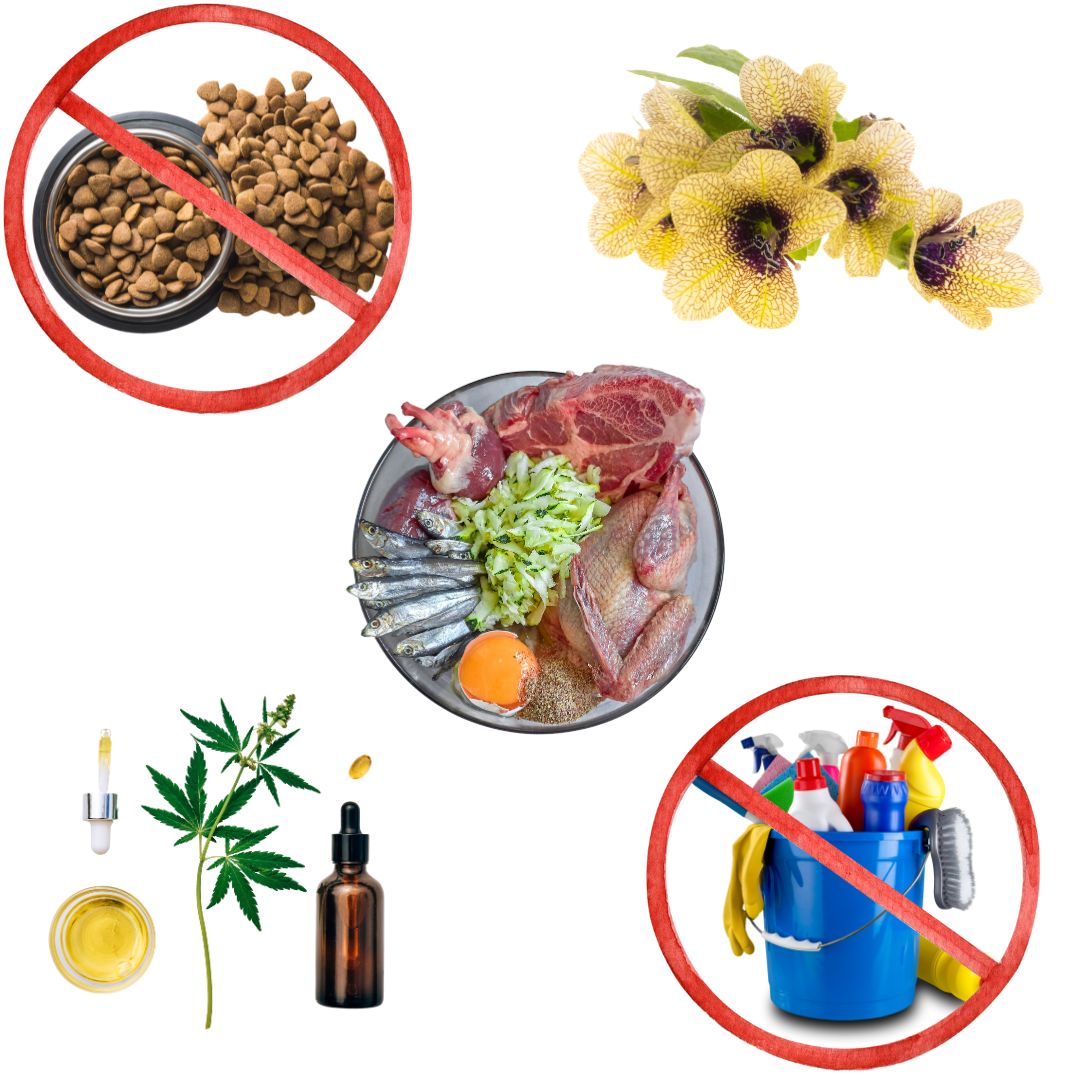
A note on Dry vs Raw-Fed Dog Blood Readings and what this means to nutrient supplementation …
Your pets’ need of nutrients varies on a daily basis (one of the major reasons you can’t have a “complete” food that suits everyone all the time). Many things affect that need – exercise levels, stress, various environmental factors, but none more so than disease.
If your dog is diagnosed with a disease you will often find vitamin /mineral supplements are recommended. In some cases, particularly the ones you don’t store, this is easy and no real harm. You can’t overdose on some in any real way. With others, you need to be really careful. We will touch on a few of those below.
However, there is more to the story than that. You need to approach your pet’s POSSIBLE need of vitamins with your raw hat on (if you aren’t feeding your pet raw dog food, get on it, that is the most important first step, we’re continuing on here assuming you do!). Almost every bit of dietary advice you read and hear about is based on dry-fed dogs. These are dogs fed an extremely low protein, high carbohydrate diet. A diet based on synthetic vitamin and poor quality mineral supplements. A diet full of poor quality fat and too often dangerously low in the omega 3’s EPA & DHA. A diet full of chemicals and void of life. In short, a very unnatural, very unhealthy diet. Pets on such diets are going to put out very different nutrient profiles than dogs fed correctly.
Raw Fed Dogs have more protein in their blood…
We raw feeders have already experienced this. We present our raw fed dogs to a conventionally trained vet and they baulk when they see their protein levels are higher than what they were expected based on their charts (that use dogs fed extremely low-protein food).
Dr Jean Dodds is the world leader in dog blood chemistry. She and Dr Susan Wynn compared the average blood results of dry and raw fed dogs. They found the blood of raw-fed dogs contained more protein, pushing them to the high end of normal (when compared to dry-fed dogs). They found:
- Higher packed cell volume (hematocrit) in all raw-fed groups (range of 51.0 ± 6.6 – 53.5 ± 5.6 %) versus cereal-based kibble (47.6 ± 6.1 %).
- Higher blood urea nitrogen (BUN) in all raw diet fed groups (range of 18.8 ± 6.9 – 22.0 ± 8.7 mg/dL) versus cereal-based kibble (15.5 ± 4.7 mg/dL)
- Higher serum creatinine in the Volhard raw diet group only (1.20 ± 0.34 mg/dL) versus cereal-based kibble (1.07 ± 0.28 mg/dL).
A conventionally trained vet at this point is at risk of concluding your dogs’ kidneys are struggling and advise accordingly (and their advice, sadly, is to drop the protein content of their meal, something that we know is absolutely wrong. IF your dogs’ kidneys are actually struggling, studies show more protein you a dog with kidney failure the better).
[Advertisement]
Raw-fed dogs are expected to have more nutrients in their blood…
It’s not just protein. Most if not all nutrient advice we hear is based on dogs fed synthetic nutrients. My book “Feeding Dogs” goes to great lengths to highlight the difference here and I’ll paraphrase some findings now. You need significantly more zinc oxide than natural zinc (chelated / bound to a protein, the way the gut membrane likes it…minerals are not from the land of the living, they are not permitted free passage to the blood stream). Hence the AAFCO feed profile requires huge amounts of “zinc” in their products, more than is actually found in prey animals, because their recommendations are based on feeding pets the synthetic kind. Iron the same. The body handles supplemented calcium very different to calcium in its natural form (studies show humans getting their calcium from supplements have poorer bone structure…and why raw-fed dogs can chew on a bone many times a week and not blow out their calcium requirements, do not let him chew on calcium supplements though). Vitamin E. On and on.
You cannot expect a dry-fed dog to have the same nutrient blood readings of a raw fed dog. They will pale in comparison.
Further complicating the matter is the erratic levels of these nutrients in ultra-processed products. Vitamin B complex is a total wuss. It will die off at the slightest provocation – heat, light, air, storage, clashes with other nutrients. Dry food makes up for this by using LOTS of the synthetic version, regularly harming and killing dogs in the process. Last year, we had the world’s biggest recall of a single product, an ultra-processed food, as you would expect. This time it was Hills. 22 million cans of food out the door of the factory too high in a chemical nutrient (this time vitamin D). Not a single one checked. This is assumedly the BEST pet food company, apparently, otherwise, vets wouldn’t see it, right?! I’m sure they’ll be punished severely! And we hope everyone else will learn from this, that checks will increase. Well, no, they won’t, as nobody checks the nutrient content of pet food (until pets start dying off).
“Complete” raw suffers none of these issues as their nutrients are presented correctly, chelated to protein. As we see with calcium supplements, the body handles them differently. Hence, while some pets have died from eating too much thyoid (not a good idea), and it could happen with excess liver (high in vitamin A and coper) a “complete” raw is yet to kill a single pet from an incorrect nutrient inclusion.
Vitamin C is not included in most dry foods as don’t can make their own! This is true, they can, but very badly. If your dog is sick he will need some, obviously. Vitamin K the same.
Anturaniemi et al. (2020) compared the blood readings of raw and dry fed Staffordshire Bull Terriers. They found red blood cell counts, mean cell hemoglobin concentrations, and platelet counts were significantly higher, and mean cell hemoglobin, mean cell volume, alkaline phosphatase, inorganic phosphorus, and cholesterol were significantly lower in the dogs fed the non-processed, higher-fat-fed dogs compared with those fed highly processed high carbohydrate diets. Further, folate, B12, and iron decreased significantly in the non-processed group.
For these reasons, we can expect the nutrient levels in dry fed dogs to be both low and erratic compared to raw-fed dogs that have rich, varied diets full of easy to absorb nutrients. When disease kicks in, it may be that dry fed dogs benefit ENORMOUSLY when vitamin C is included in their diet, raw-fed dogs less so. This is not to say don’t supplement them (as below, we will check if they need it).
This highlights an age-old conundrum in nutrition studies – if the animal needed that nutrient BEFORE the sickness, how effective is that nutrient in treating an individual that had enough of it going in? For example, fish oil tablets may prove to be far more effective in some populations that eat little of it compared to Mediterraneans who already eat lots of it. All studies of nutrients should be required to do nutrient checks on the subjects BEFORE the trial to check for any imbalances. Few do this, just one of the reasons folk take nutritional supplement claims, one of the most scientifically corrupt areas you can operate in, with a hefty pinch of salt.
Best advice for when your dog is sick and prescribed nutrients…
If your dog gets a proper disease like pancreatitis or cancer, is in the “acute” phase and is recommended nutrients by your vet, take that advice seriously. Pick up the best source of those nutrients (chelated vitamins and minerals) and pop them in as you are told. There’s no harm in that.
In the background, please take note of the following points:

We know dry-fed dogs need X and Y. That may not be what’s going in dog fed enough of those nutrients. Hence, the advice regarding nutrient need in your pet should always be accompanied by a blood test. Ask your vet to do this and do it regularly in the first while. Keep an eye.
If a blood test reveals your raw-fed dog’s level of this nutrient is fine then giving more won’t push more through the gut membrane, as is frequently thought. That system is highly regulated, when it has enough, it has enough. Remember the Tryptophan delusion – it only works in dogs fed low-protein diets.
First, tailor his diet. This involves two approaches – increasing the levels of those nutrients in the diet and addressing any imbalances that have resulted in that need in the first place. It is this crucial second step that’s often missed by conventional veterinary medicine.
Find the ingredients higher in the missing bits and use them more. Need more omega 3? You’re getting more good quality fish oil. Need more vitamin E? You’re getting some seed/nut oil like flaxseed. Need more b complex? You’re getting mushed dark greens. Need more vitamin A or D, you’re getting more liver. It’s not rocket science. Google is strong here. What are the best food sources for choline…
But at the same time, you need to identify what happened that caused the growing need of that nutrient. For example, a dog eating a high carb diet that gets pancreatitis WILL NEED vitamin E to help fight the fat building in his blood. The solution here, obviously, is not just adding more vitamin E but to change his diet immediately to a fresh, species-appropriate diet with zero carbs – his blood fat will fall and you won’t need that vitamin E anymore, at least beyond a few days while we get him stabilised.
And then check. Check, check, check. Every month initially. Work out a deal with your vet so you’re not billed silly money. Vet nurses can take blood. Just for the first few months until you’re sure you’ve dodged a bullet.












